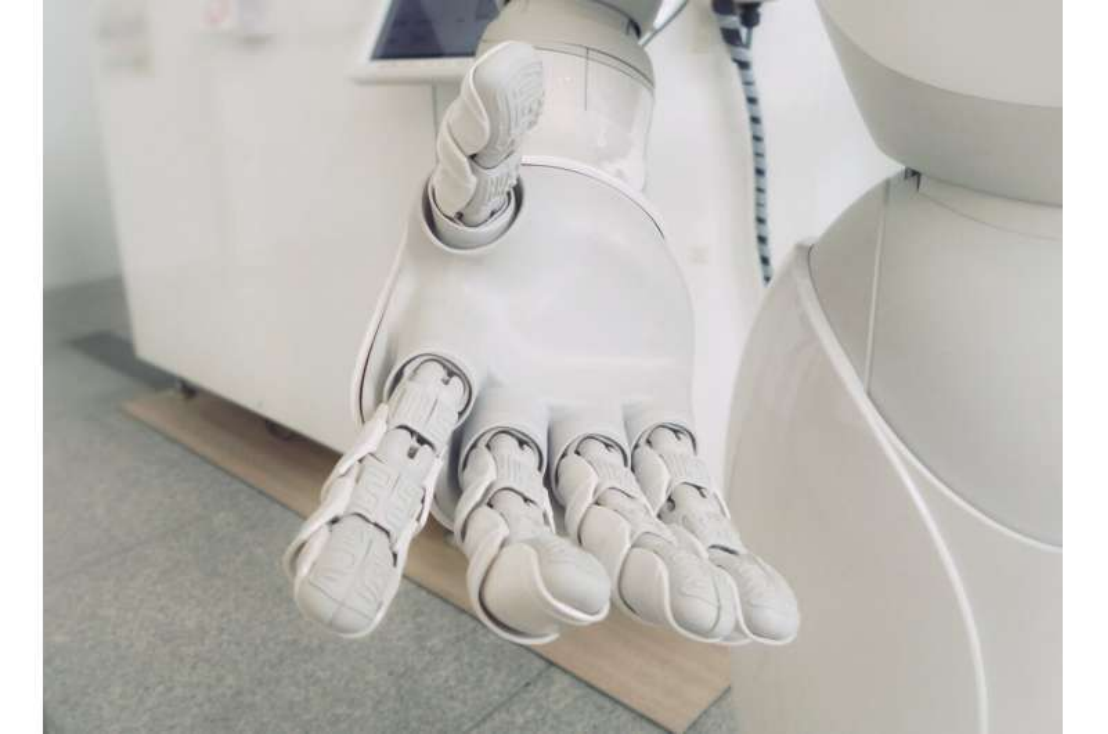一种深度学习技术,用于改善机器人抓取物体的方式
原文链接:https://techxplore.com/news/2023-08-deep-technique-robots-grasp.html

Most adult humans are innately able to pick up objects in their environment and hold them in ways that facilitate their use. For instance, when picking up a cooking utensil, they would normally grab it from the side that will not be placed inside the cooking pot or pan.
大多数成年人天生就能在环境中捡起物品,并以方便使用的方式握住它们。例如,在拿起烹饪用具时,他们通常会从不会放在烹饪锅或平底锅内的那一侧拿起。
Robots, on the other hand, need to be trained on how to best pick up and hold objects while completing different tasks. This is often a tricky process, given that the robot might also come across objects that it never encountered before.
另一方面,机器人需要接受如何在完成不同任务的同时最好地拾取和保持物体的培训。这通常是一个棘手的过程,因为机器人也可能遇到以前从未遇到过的物体。
The University of Bonn's Autonomous Intelligent Systems (AIS) research group recently developed a new learning pipeline to improve a robotic arm's ability to manipulate objects in ways that better support their practical use. Their approach, introduced in a paper published on the pre-print server arXiv, could contribute to the development of robotic assistants that can tackle manual tasks more effectively.
波恩大学的自主智能系统(AIS)研究小组最近开发了一种新的学习管道,以提高机械臂操纵物体的能力,更好地支持物体的实际使用。在预打印服务器arXiv上发表的一篇论文中介绍了他们的方法,这可能有助于开发能够更有效地处理手动任务的机器人助手。
"An object is grasped functionally if it can be used, for example: an index finger on the trigger of a drill," Dmytro Pavlichenko, one of the researchers who carried out the study, told Tech Xplore. "Such a specific grasp may not be always reachable, making manipulation necessary. In this paper, we address dexterous pre-grasp manipulation with an anthropomorphic hand."
开展这项研究的研究人员之一Dmytro Pavlichenko告诉Tech Xplore:“如果一个物体可以使用,它就可以被功能性地抓住,例如:一根食指放在钻头的扳机上。”。“这种特定的抓握可能并不总是可以实现的,因此有必要进行操作。在本文中,我们讨论了用拟人化的手进行灵巧的抓握前操作。”
The recent paper by Pavlichenko and co-author Sven Behnke builds on the AIS group's previous research efforts, in particular a paper presented at the 2019 IEEE-RAS International Conference on Humanoid Robots in Toronto. As part of this past study, the team developed a sophisticated approach for the dual-arm robotic re-grasping of objects that relied on multiple complex hand-designed components.
Pavlichenko和合著者Sven Behnke最近的论文建立在AIS小组之前的研究成果的基础上,特别是在多伦多举行的2019年IEEE-RAS仿人机器人国际会议上发表的一篇论文。作为过去这项研究的一部分,该团队开发了一种复杂的方法,用于双臂机器人重新抓取物体,该方法依赖于多个复杂的手动设计组件。
"The motivation for our new paper was to replace such a complex pipeline with a neural network," Pavlichenko explained. "This reduces complexity and removes hardcoded manipulation strategies, increasing the flexibility of the approach."
Pavlichenko解释道:“我们新论文的动机是用神经网络取代如此复杂的管道。”。“这降低了复杂性,消除了硬编码的操作策略,增加了方法的灵活性。”
The simplified pre-grasp manipulation approach that the researchers introduced in their new paper relies on deep reinforcement learning, a highly performing and well-known technique to train AI algorithms. Using this technique, the team trained a model to dexterously manipulate objects before grasping them, ensuring that the robot is ultimately holding them in effective ways, exactly as requested.
研究人员在新论文中引入的简化预抓取操作方法依赖于深度强化学习,这是一种高性能且众所周知的训练人工智能算法的技术。使用这项技术,该团队训练了一个模型,使其在抓住物体之前能够灵巧地操纵物体,确保机器人最终能以有效的方式抓住物体,完全符合要求。
So far, the researchers evaluated their approach in a simulation environment known as Isaac Gym and found that it achieved highly promising results. In their initial tests, their model allowed simulated robots to learn how to move distinctly shaped objects in their hands, eventually figuring out the best way to manipulate them without requiring human demonstrations.
到目前为止,研究人员在一个名为Isaac Gym的模拟环境中评估了他们的方法,发现它取得了非常有希望的结果。在最初的测试中,他们的模型允许模拟机器人学习如何移动手中形状明显的物体,最终找出在不需要人类演示的情况下操纵它们的最佳方法。
Notably, the learning approach proposed by Pavlichenko and his Behnke could easily be applied to a variety of robotic arms and hands, while also supporting the manipulation of numerous objects with different shapes. In the future, it could thus be deployed and tested on various physical robots.
值得注意的是,Pavlichenko和他的Behnke提出的学习方法可以很容易地应用于各种机械臂和手,同时也支持对许多不同形状物体的操作。因此,未来可以在各种物理机器人上进行部署和测试。
"We demonstrated that learning a complex human-like dynamic behavior is possible using a single computer with several hours of training time," Pavlichenko said. "Our plans for future research involve bringing the learned model to the real world, achieving similar performance on a real robot. This is usually quite challenging, so we expect that an additional learning step, now online on the real robot, could be necessary to close the sim-to-real gap."
Pavlichenko说:“我们证明,使用一台计算机,只需几个小时的训练时间,就可以学习复杂的类人动态行为。”。“我们未来的研究计划包括将学习到的模型带到现实世界中,在真实的机器人上实现类似的性能。这通常非常具有挑战性,因此我们预计,可能需要在真实机器人上在线进行额外的学习步骤,以缩小模拟与真实的差距。”
智能佳机器人
400 099 1872
淘宝店铺:首页-智能佳机器人-淘宝网 (taobao.com)


